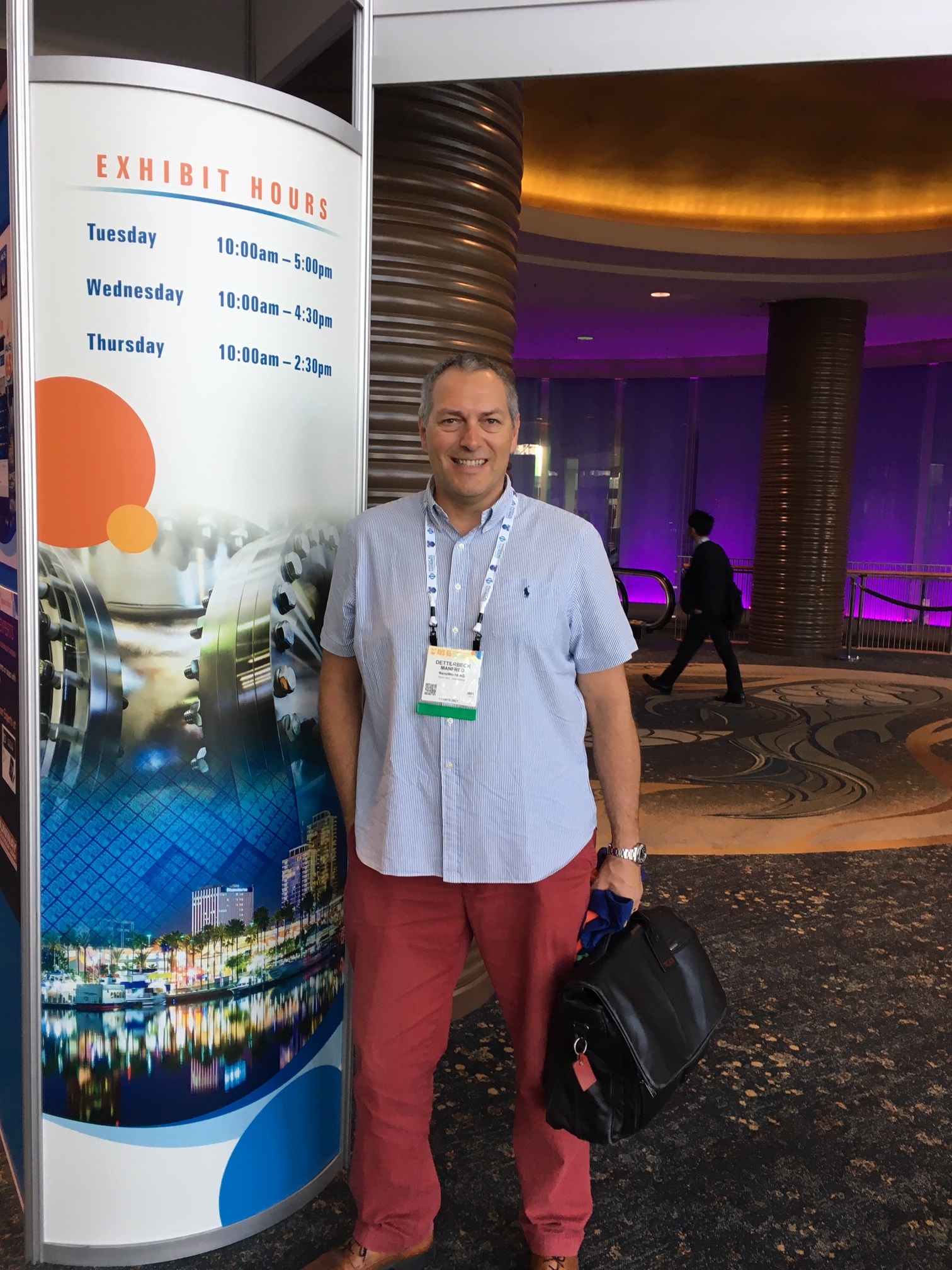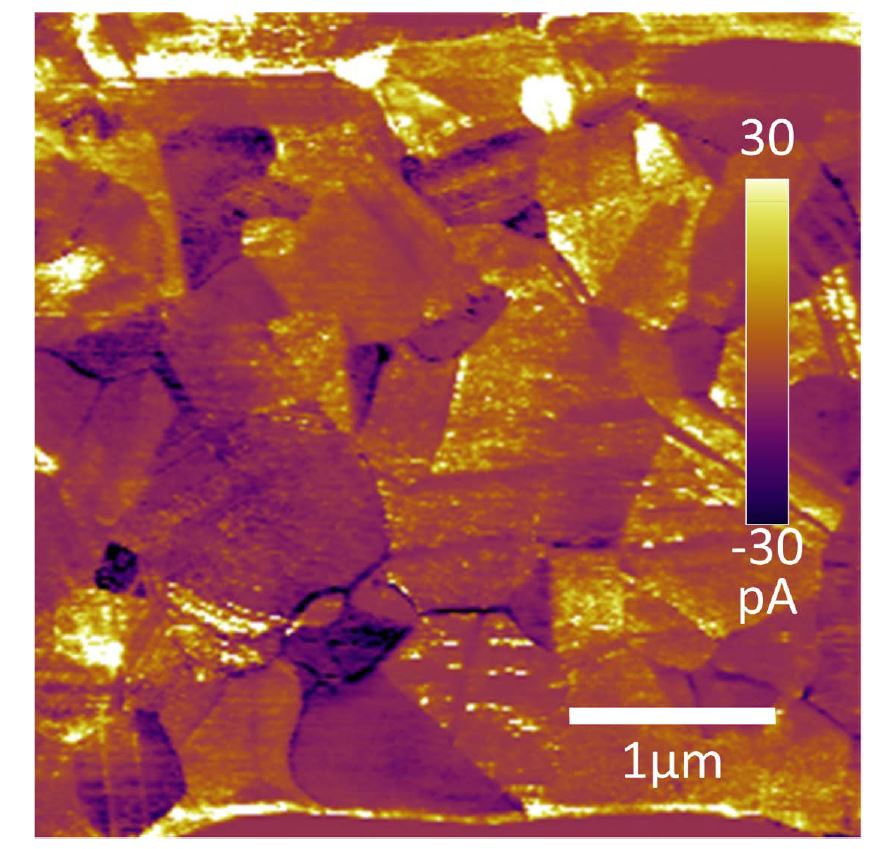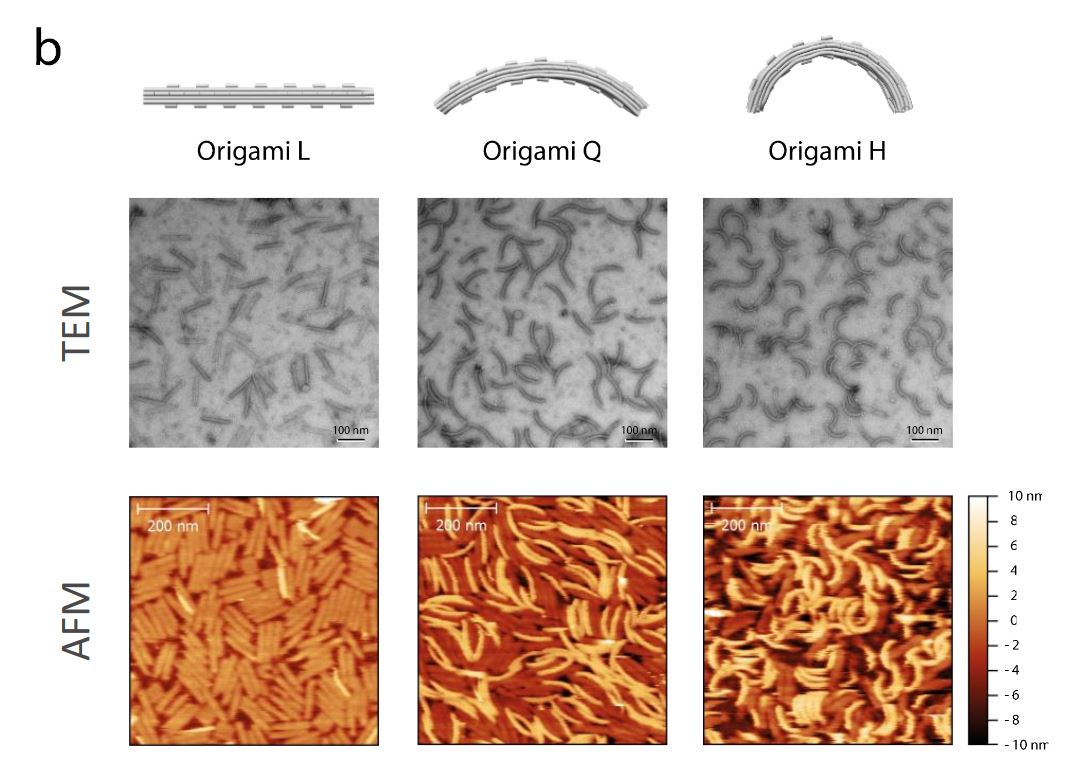Are you visiting the 65th AVS International Symposium and Exhibition in Long Beach CA today? If yes, you might meet our CEO Manfred Detterbeck who is passing by as well.


Are you visiting the 65th AVS International Symposium and Exhibition in Long Beach CA today? If yes, you might meet our CEO Manfred Detterbeck who is passing by as well.


In the article cited below Katherine Atamanuk, Justin Luria and Bryan D. Huey present “a new approach for directly mapping VOC (open-circuit voltage) with nanoscale resolution, requiring a single, standard-speed AFM scan. This leverages the concept of the proportional-integral-derivative (PID) feedback loop that underpins nearly all AFM topography imaging.”*
NanoWorld™ Pointprobe® CDT-NCHR conductive diamond coated silicon AFM probes were used in the described CT-AFM experiment.

“Cadmium Telluride (CdTe) is an inexpensive thin-film photovoltaic with ca. 5% of the 2017 global market share for solar cells. To optimize the efficiency and reliability of these, or any electronic devices, a thorough understanding of their composition, microstructure, and performance is necessary as a function of device design, processing, and in-service conditions. Atomic force microscopy (AFM) has been a valuable tool for such characterization, especially of materials properties and device performance at the nanoscale. In the case of thin-film solar cells, local photovoltaic (PV) properties such as the open-circuit voltage, photocurrent, and work function have been demonstrated to vary by an order of magnitude, or more, within tens of nanometers […] Recently, property mapping with high spatial resolution by AFM has been further combined with the ability to serially mill a surface, in order to reveal underlying surface structures and uniquely develop three-dimensional (3D) nanoscale property maps. The most notable examples are based on pure current detection with the AFM to resolve conduction pathways in filamentary semiconducting devices and interconnects […], and tomographic AFM of photocurrents in polycrystalline solar cells during in situ illumination […].”*
*Katherine Atamanuk, Justin Luria, Bryan D. Huey
Direct AFM-based nanoscale mapping and tomography of open-circuit voltages for photovoltaics
Beilstein Journal of Nanotechnology 2018, 9, 1802–1808.
doi: 10.3762/bjnano.9.171
The article cited above is part of the Thematic Series “Scanning probe microscopy for energy-related materials”.
Please follow this external link for the full article: https://www.beilstein-journals.org/bjnano/articles/9/171
The article “Direct AFM-based nanoscale mapping and tomography of open-circuit voltages for photovoltaics” by Atamanuk et. al is an Open Access article under the terms of the Creative Commons Attribution License (http://creativecommons.org/licenses/by/4.0), which permits unrestricted use, distribution, and reproduction in any medium, provided the original work is properly cited.
In the article “Membrane sculpting by curved DNA origami scaffolds” the authors show that “dependent on curvature, membrane affinity and surface density, DNA origami coats can indeed reproduce the activity of membrane-sculpting proteins such as BAR, suggesting exciting perspectives for using them in bottom-up approaches towards minimal biomimetic cellular machineries.”*
The AFM images for this article were taken in high-speed AC mode using NanoWorld Ultra-Short Cantilevers of the USC-F0.3-k0.3 type.

*Henri G. Franquelim, Alena Khmelinskaia, Jean-Philippe Sobczak, Hendrik Dietz, Petra Schwille
Membrane sculpting by curved DNA origami scaffolds
Nature Communicationsvolume 9, Article number: 811 (2018)
DOI: https://doi.org/10.1038/s41467-018-03198-9
Please follow this link to the full article: https://rdcu.be/8zZi
Open Access: The article “Membrane sculpting by curved DNA origami scaffolds” by Franquelim et. al is licensed under a Creative Commons Attribution 4.0 International License, which permits use, sharing, adaptation, distribution and reproduction in any medium or format, as long as you give appropriate credit to the original author(s) and the source, provide a link to the Creative Commons license, and indicate if changes were made. The images or other third party material in this article are included in the article’s Creative Commons license, unless indicated otherwise in a credit line to the material. If material is not included in the article’s Creative Commons license and your intended use is not permitted by statutory regulation or exceeds the permitted use, you will need to obtain permission directly from the copyright holder. To view a copy of this license, visit http://creativecommons.org/licenses/by/4.0/.